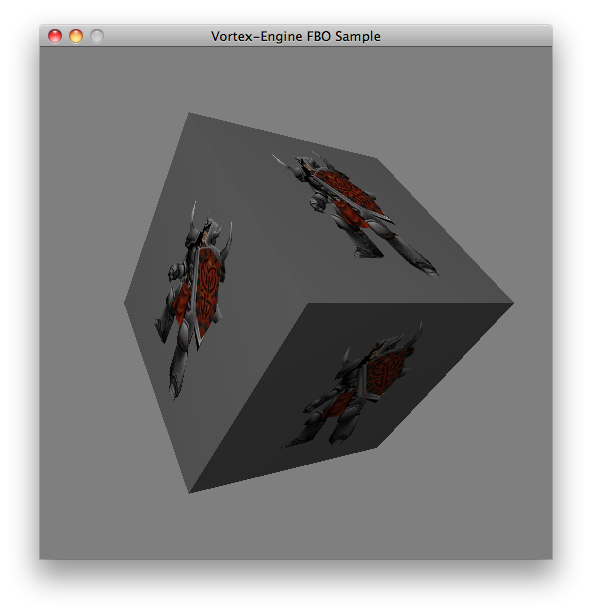Designing the Editor Architecture
Last week I used the (very little) free time that I had to work on the internal architecture of the Editor and how it’s going to interact with the Vortex Engine.
In general terms, the plan is to have all UI interactions be well-defined and go to a Front Controller object that’s going to be responsible for driving the engine. This Front Controller, by definition, will be a one-stop shop for the entire implementation behind the UI and it will also, at a later stage, provide higher-granularity control of the engine.

Other components I’ve been designing include an undo/redo stack (which is super important for an editor application) and a scripting API. It’s still early for both these components, but I think it’s better if the design supports these from early on as opposed to trying to tack them on to the Editor at a later stage.
Finally, last week I took the time to bootstrap a higher OpenGL version on Windows. The Editor now has access to full OpenGL on this platform. This is a significant milestone that opens the door for bringing in to Windows Vortex’s advanced rendering techniques, such as FBO objects as depicted in the image above.
I’ve only got a short update for this week. Stay tuned for more to come : )